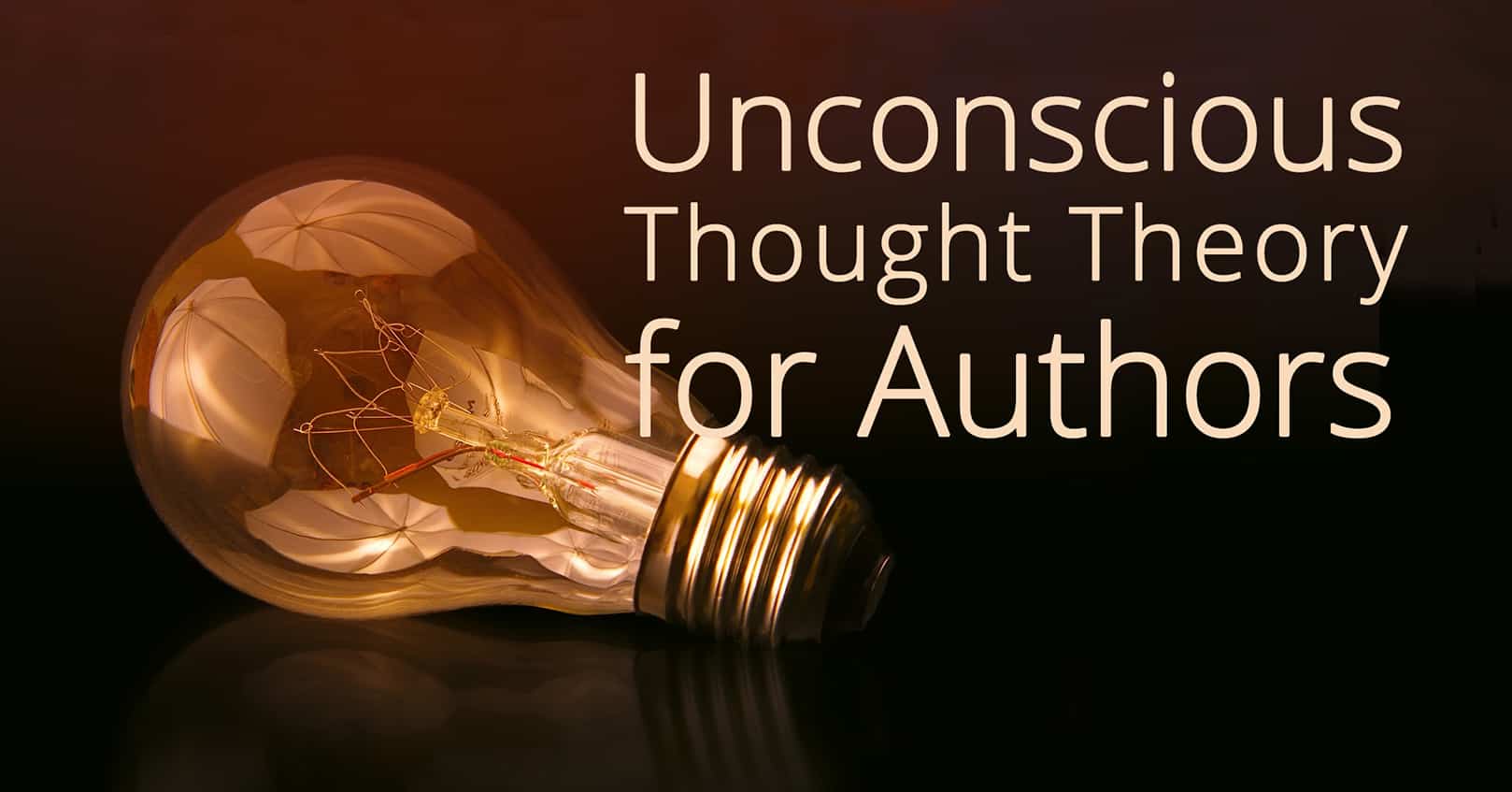
This is a summary of a workshop I ran at the 2020 World Science Fiction Convention, “Unconscious Thought Theory as a Creativity Tool.”
What is Unconscious Thought Theory (UTT)?
It’s a relatively new, mildly controversial theory about unconscious thought processes that’s grounded in science.
I summarize the theory this way: we have a rational, conscious part of the mind, and an unconscious part of the mind—and the two work very differently.
- The rational part is logical, analytical, and sequential.
- The unconscious part is highly parallel, and great at finding patterns and making connections.
- We can consciously prod our unconscious into tackling problems for us, provided we distract our conscious mind in the right way at the right time.
If you’ve ever had an answer pop into your mind in the shower, or while gardening, or in a dream, then you’ve experienced your unconscious solving a problem for you.
Applications of UTT for authors
Here’s a list of things I’ve found it useful for:
- Plotting
- Inventing stuff
- Restructuring a story
- Coming up with twists
- Solving continuity problems
- Fitting new elements into an existing story
- Overcoming some kinds of writer’s block
- Escaping corners you may have painted yourself into
Psychological basis
One of the first UTT experiments involved asking people to solve the real life problem of rating a set of apartments. It presented four apartments—one desirable, one undesirable, two neutral—and provided information like how big the apartment was, how old, distance from public transport, hospitals, etc . . . twelve aspects across four apartments, giving a total of 48 pieces of information to absorb.
Then they split the people in the study into three groups.
- One group was asked to work out the best apartment rationally, in three minutes.
- A second was to decide immediately.
- The third group was distracted for three minutes, then asked to decide.
The 3rd group performed significantly better at choosing the desirable apartment.
Your unconscious mind
Functional MRI studies have shown that when your unconscious mind is at work on a problem, up to fifty areas of the brain go active. In contrast, for a logical task, just one or a few parts of the brain are active.
The unconscious mind works in parallel, unlike the conscious mind that is serial and works on things one step at a time.
The unconscious mind can process, store, and link large amounts of information (I suspect it has access to all your memories). But it’s very poor at working out logical stuff: it can’t do arithmetic, or if-then-else chains of reasoning. It is great at finding patterns and weighing up fuzzy pros and cons, though. By contrast, the conscious mind comfortably remembers about seven things at a time.
Just don’t ask your unconscious mind to do your tax return for you.
The key idea:
People either think about things or not.
UTT adds the idea that we can think unconsciously.
How to apply UTT as an author:
- Jot down, in point form, everything you know about the problem. (That consciously freshens it up. Also, feeding that information into your unconscious helps signal that it’s something requiring attention.)
- Read over those notes. Add more points if they occur to you while doing this.
- Think about the problem any way you like (logically, idly, . . .) for just a little while. If you start thinking logically/analytically, be very wary of that; this is the phase where you just collect all the pieces.
- Distract your conscious mind. (Pick something requiring logic.)
- Let some time pass.
- Return to the problem you posed yourself. Quickly skim your notes, then start writing something relevant: ideally the solution. It might emerge as you start writing. Don’t start trying to reason out the answer, just start writing.
- If nothing much comes, just put it aside.
I’ve found that the more difficult the problem, the longer you need to let your unconscious work on it. If you’re returning to it after a day or more, feel free to re-read your notes in detail before trying to write down the answer.
Each time you revisit the problem and try to write down the solution, you’re doing two things:
- If your unconscious has the answer ready, you’re letting it surface into your conscious mind.
- If not, you’re telling your unconscious to keep working on it.
Creative people
Elizabeth Gilbert spoke about the incredible pressure we place on creative individuals (Your Elusive, Creative Genius), but just knowing your unconscious is ready and waiting to help you eases that burden.
With each use of UTT, it gets easier and easier. You’ll also start noticing how often others use their unconscious.
- James Watson dreamed of a spiral staircase as part of his and Francis Crick’s discovery of the double helix of DNA.
- Neil Gaiman talks of his “compost heap,” which he fills with random facts and thoughts, from which ideas flower.
- Even our expression “I’ll sleep on it,” is an explicit recognition of the creative problem-solving abilities of our unconscious minds.
Conclusion
Everything you do, every movie you watch, every poem or piece of music that moves you, every person you meet, every pain you suffer or joy you feel, it all goes into the Aladdin’s treasure cave of your unconscious, where the alchemy of the most complex thing in the universe—the human brain—goes to work to transmute it into thoughts and ideas and works of creation.
Inside us all is a fount of creativity we can tap into quite easily. It’s sensitive to our moods, absorbing facts and impressions, sights and sounds and smells, from the world around us. It’s synthesizing ideas and connecting facts, juggling things and finding patterns. Best of all, if something is important to us and we consciously pose it a problem, that mighty unconscious array of mental powers goes to work trying to solve it.
Humans are imagination engines, naturally generating ideas like the sun generates light.
It’s what we do.
References
- See a near transcript of my 2020 World Science Fiction Convention, “Unconscious Thought Theory as a Creativity Tool.”
- The article that kicked it all off: A Theory of Unconscious Thought (about 45 very readable pages).
- An overview of incubation (sleep, shower . . .) and its underlying causes: Creativity—the unconscious foundations of the incubation period.
- The nature of consciousness itself: Passive Frame Theory—suggests it’s a kind of spontaneous symphony bubbling up:
“the information we perceive in our consciousness is not created by conscious processes, nor is it reacted to by conscious processes. Consciousness is the middle-man, and it doesn’t do as much work as you think.”
- This study shows complex ideas can enter consciousness automatically.
- Exploring the gap between anecdotal and empirical support for UTT in creative problem solving: The Merits of Unconscious Thought in Creativity:
“unconscious thought cannot ‘create’ knowledge; conscious learning and thought process are needed to establish a knowledge base.”
- I learned about UTT via innovation training from Inventium. They’ve blogged about it. (So have I: see A Toe in the Ocean of Books—for writers.)



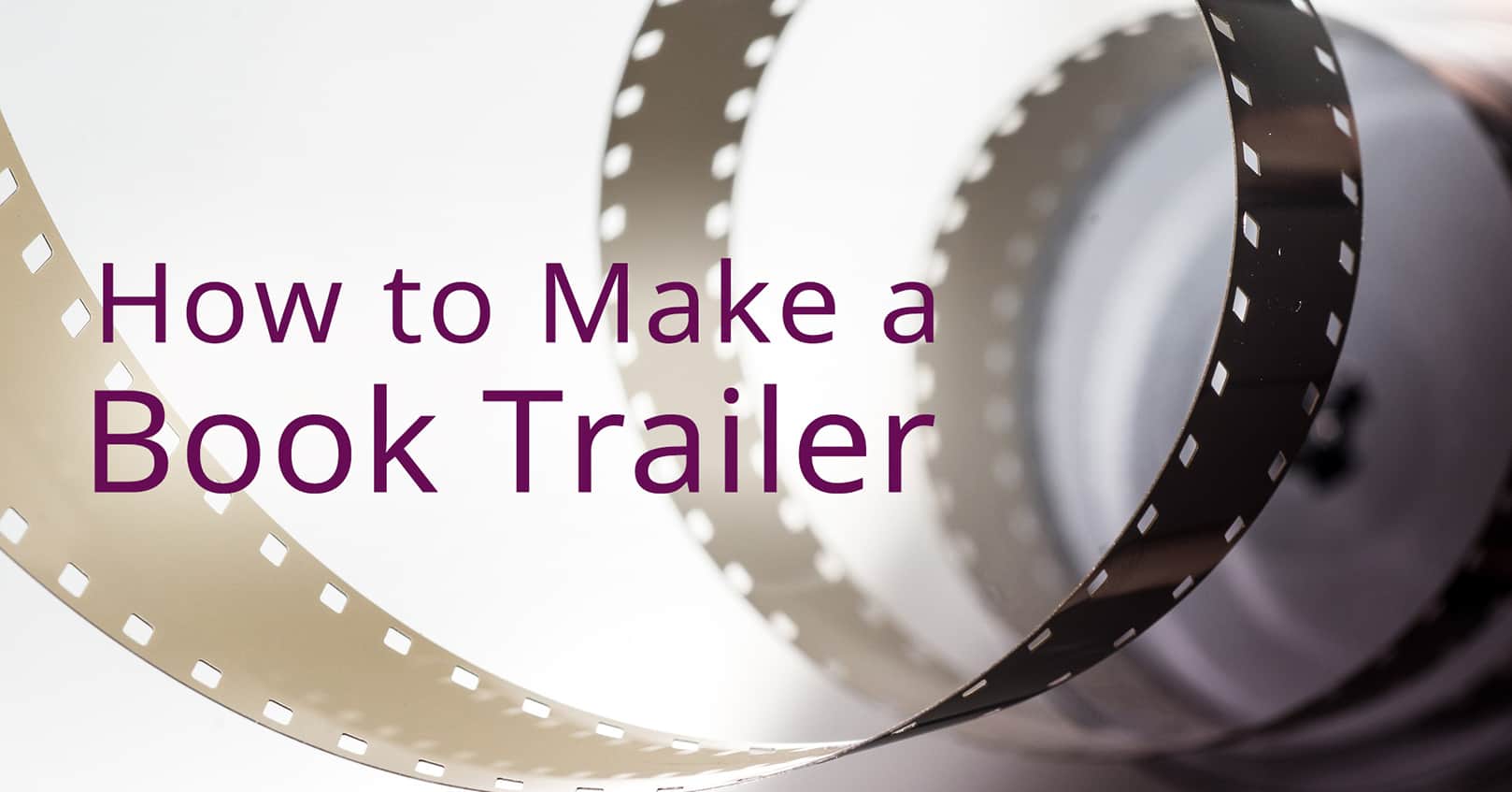
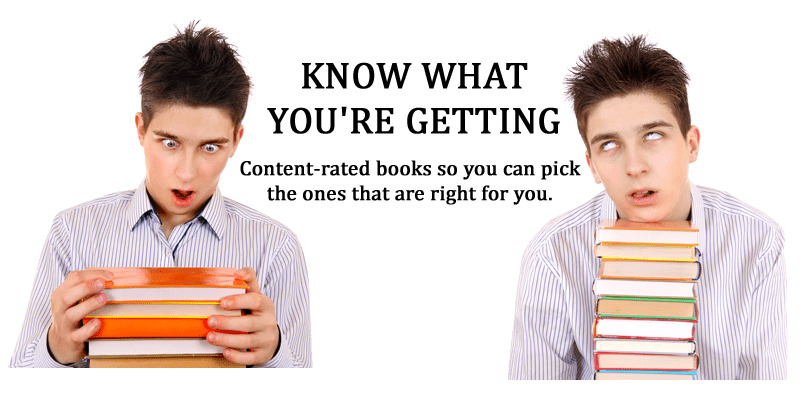
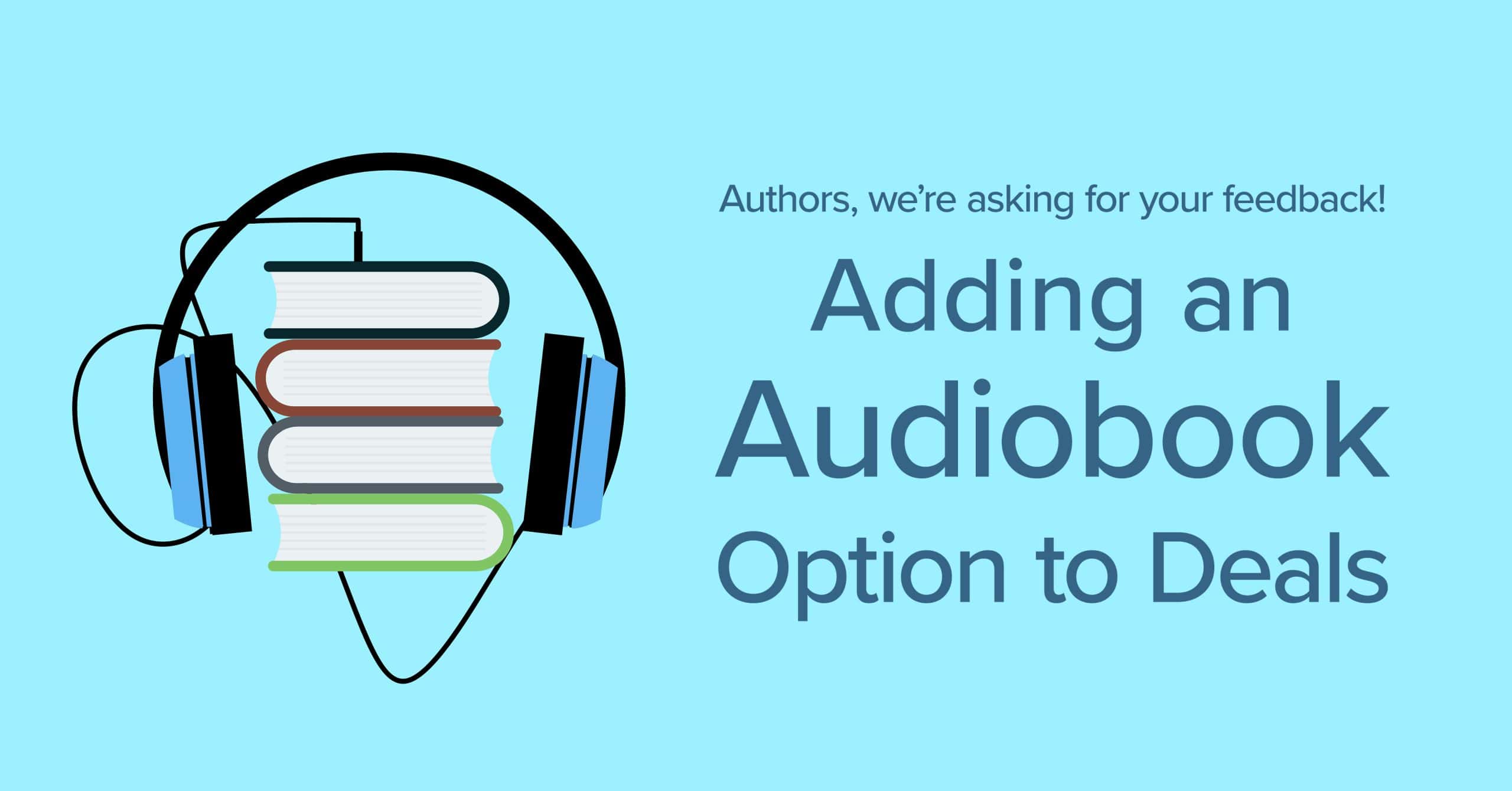
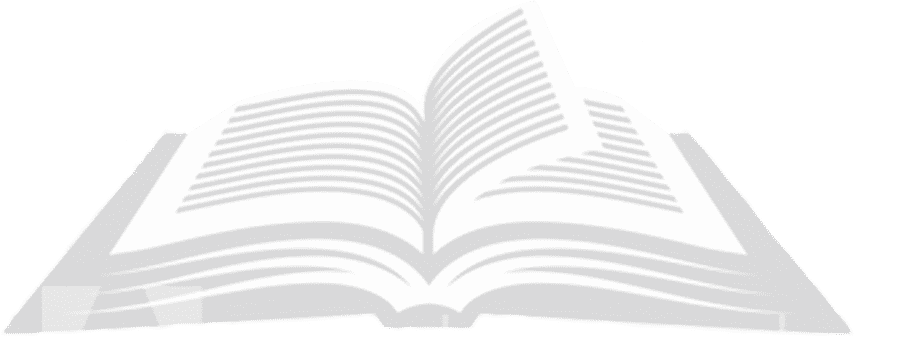


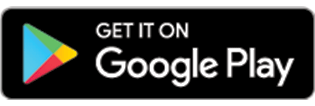



Comments